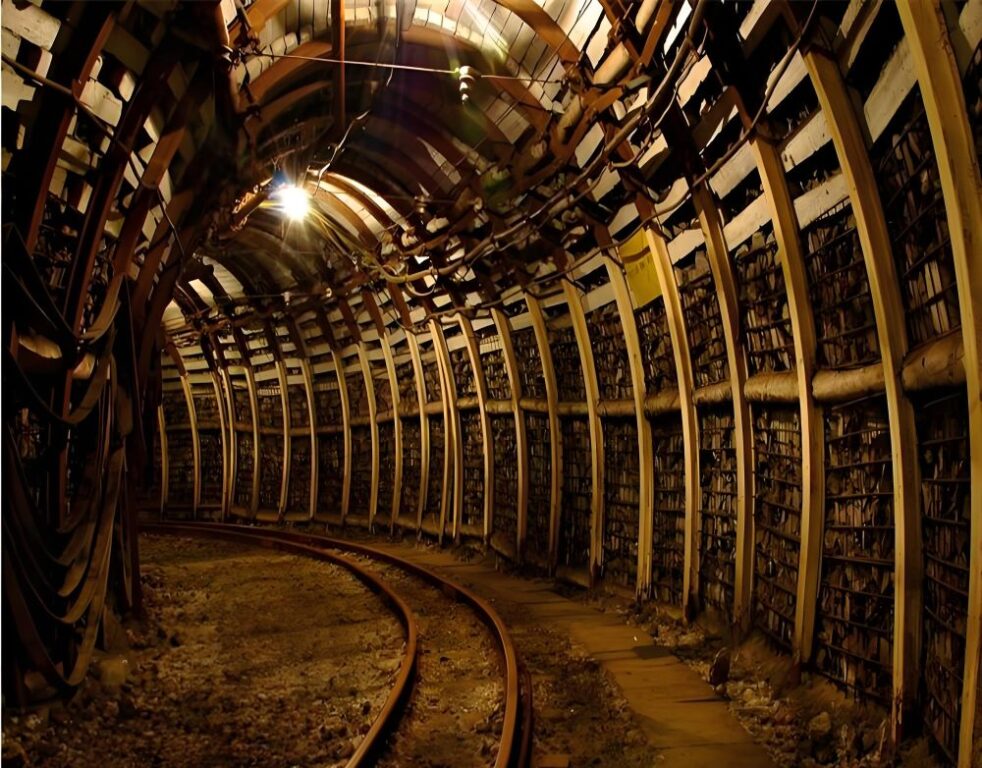How are mine tunnels supported? Mine tunnel support using various methods to ensure the safety of the workers and the stability of the tunnel. The choice of support method depends on the type of rock, the size of the tunnel, and other geological conditions. Common mine tunnel support techniques include:

1. Rock Bolting
- Description: Steel bolts are driven into the rock at regular intervals to prevent loose rocks from falling. Bolts work by creating friction or by physically anchoring to more stable layers of rock deeper in the tunnel.
- Use Case: Used in hard rock mining to stabilize walls and the ceiling.
2. Shotcrete (Sprayed Concrete)
- Description: A mixture of cement, sand, and water is sprayed onto the tunnel walls. It creates a rigid layer that reinforces the tunnel, prevents small rocks from falling, and protects the rock from weathering.
- Use Case: Often used in conjunction with rock bolting.
3. Steel Ribs
- Description: Pre-fabricated steel arches or ribs are installed at intervals along the tunnel. These are particularly useful in areas where the rock is weak or where high ground pressure is expected.
- Use Case: Common in tunnels with softer or unstable ground.
4. Timber Supports
- Description: Wooden posts, beams, or cribs are placed at intervals to hold up weak or fractured rock. Timber is less commonly used today but may still be employed in certain scenarios.
- Use Case: Used in older mines or small-scale operations.
5. Mesh or Wire Netting
- Description: Metal mesh or netting is installed over rock surfaces and secured with bolts. It provides support to prevent small rocks from falling.
- Use Case: Used in conjunction with other methods like rock bolting and shotcrete.
6. Concrete Linings
- Description: In some cases, entire sections of the tunnel are lined with pre-cast concrete segments or poured-in-place concrete. This method is used in long-term, permanent structures.
- Use Case: Large-scale, long-term tunnels in both mining and civil engineering.
7. Grouting
- Description: Cement-based grout is injected into cracks and crevices in the rock to fill voids and improve stability. This helps seal fractures and strengthen the rock.
- Use Case: Used when rock is highly fractured or water-bearing.
These methods are often used in combination depending on the specific conditions of the tunnel, and they may be modified or adapted as mining progresses.




